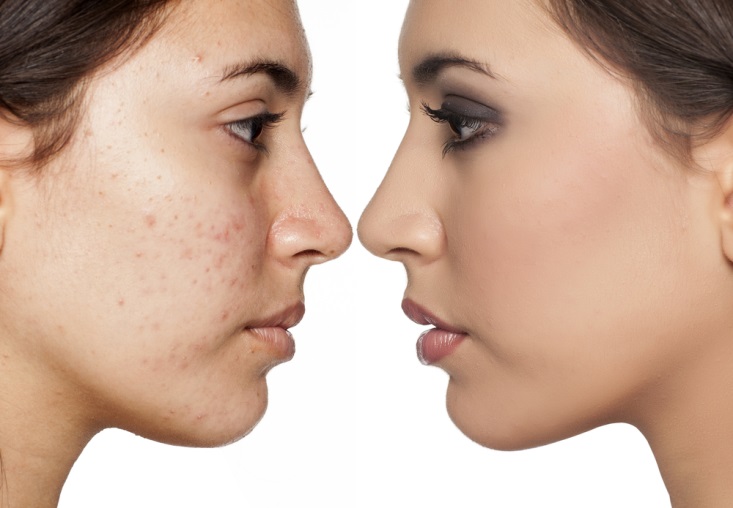Smooth the skin again: Remove Acne Scars
If acne scars are a constant reminder of your past outbreaks or years of unhappy adolescence, you may want to investigate skin smoothing procedures to help decrease your appearance.
If acne scars make you feel self-conscious or embarrassed by your skin, learn about treatments that can eliminate or reduce your appearance. These treatments for acne scars are not curative, and insurance generally does not cover them, but they help minimize the appearance of scars.
Types of Acne Scars
Some acne scars are permanent and some go away over time. Acne scars may be in the form of:-
- Macules. These are flat, red spots where an acne lesion was once located. They can persist for a number of weeks and then fade on their own.
- Skin discoloration. Sometimes a healed acne scar leaves discolored skin, which is also called post-inflammatory hyper-pigmentation. Skin discoloration can remain visible for months after an acne lesion has healed.
- Tissue scars. Some types of acne can leave scars that appear as enlarged, raised growths of tissue. These acne scars may be called keloids or hypertrophic scars, and are caused by excess production of collagen in your skin.
Loss of tissue. More common than raised tissue scars are the acne scars that are caused by a loss of tissue. These acne scars are called ice-pick scars, depressed fibrotic scars, soft scars, atrophic macules, or follicule macular atrophy. They tend to appear sunken and look like pits in the skin.

Acne-Scar Removal Options
Whether you decide to have your acne scars treated is a personal decision. Some people choose to have their acne scars removed because they’re emotionally affectedby the appearance of the scars. Others have acne scars that are severe and disfiguring and choose to have them removed to restore the appearance of their skin.
If you have acne scars, consult a dermatologist as soon as possible. He or she can recommend treatments for your scars and discuss ways you can prevent future scarring.
Common scar removal treatments include:-
- Dermabrasion: This very effective scar removal treatment uses a high-speed brush or other instrument to resurface your skin and remove or reduce the depth of scars. You will typically need several days to heal afterward.
- Micro-dermabrasion: For this less intensive type of dermabrasion, a dermatologist or aesthetician uses a spray of very small crystals instead of a high-speed brush to remove surface skin. More than one treatment may be required, and there is no downtime.
- Chemical peels: Chemical peels can reduce the appearance of shallow acne scars and post-inflammatory hyper-pigmentation around a healed acne lesion. A chemical peel may be administered by a doctor, nurse, nurse practitioner, or spa aesthetician and involves applying a chemical to your skin to remove its outer layer, giving it a smoother, more even appearance. Depending on the strength of the acid used, you may experience redness and peeling for a few days afterward.
- Retinoic acid: Certain tissue scars should not be treated with traditional acne scar removal treatments. Instead, retinoic acid cream applied directly to the scar can help reduce its appearance, especially in the case of keloid scars.
- Lasers: Your dermatologist can use a laser to remove the outer layer of your skin, contour areas of acne scars, or lighten redness around healed acne lesions. Various types of lasers are used, depending on whether the acne scar is raised or flat. More than one laser treatment may be required and, depending on the laser used, you may need to several days to heal.
- Fillers: A substance such as collagen, hyaluronic acid, or fat can be used to “fill out” certain types of acne scars, especially those that have resulted in a depressed appearance of the skin. Since fillers are eventually absorbed into your skin, you will have to repeat filler injections, usually every few months, depending on the type of product used. There is no downtime for recovery from this treatment.
- Punch excisions: This type of skin surgery removes acne scars by individually excising, or cutting out, the scar. The hole left by the incision can be repaired with stitches or a skin graft. This technique is most often used to treat pitted acne scars.
- Skin grafting: With skin grafting, your doctor will use a small piece of normal skin to fill in an area of scarred skin. Skin grafts are usually taken from skin behind your ear. This technique may also be used when an acne scar removal treatment, such as dermabrasion, leaves a large tunnel in your skin.


